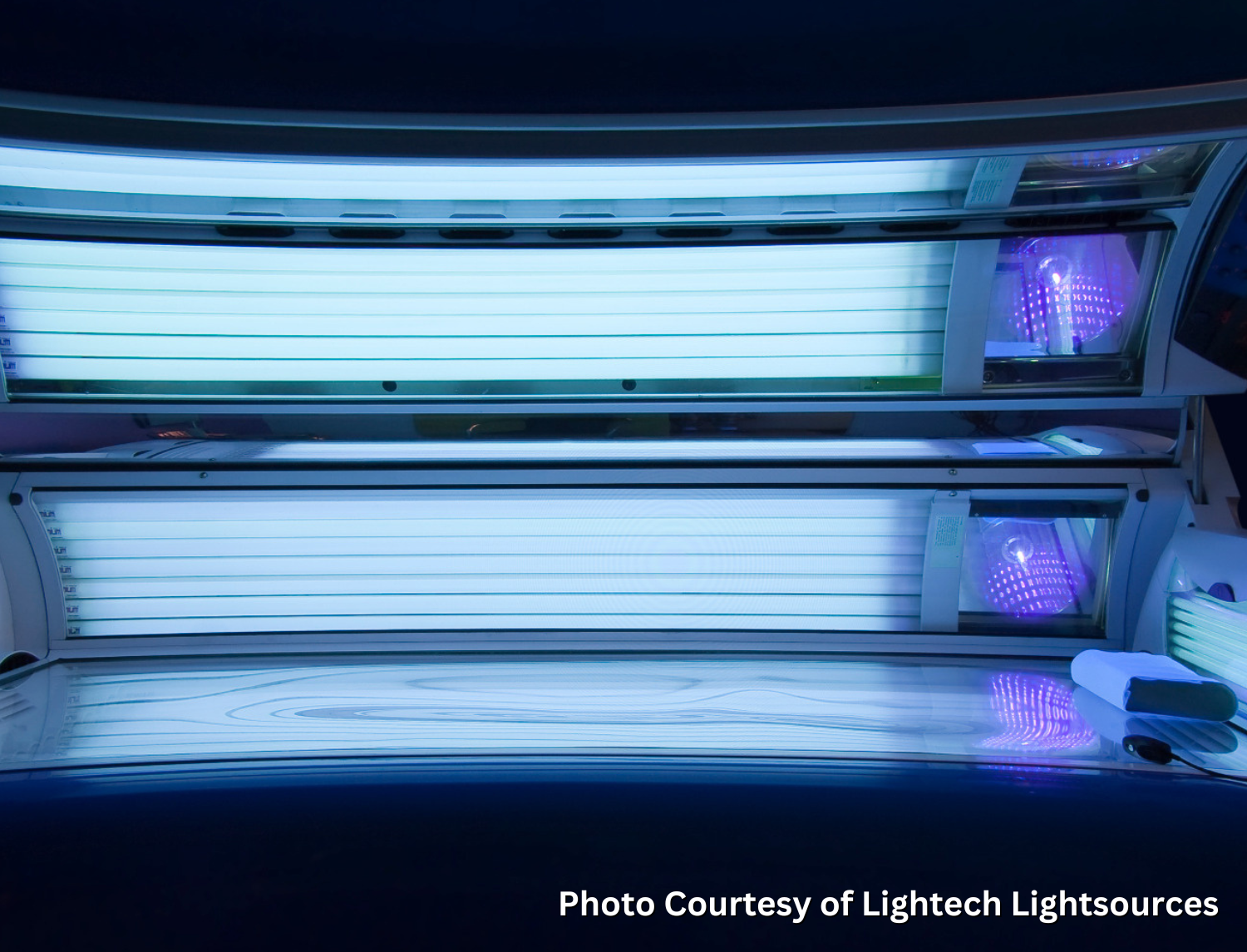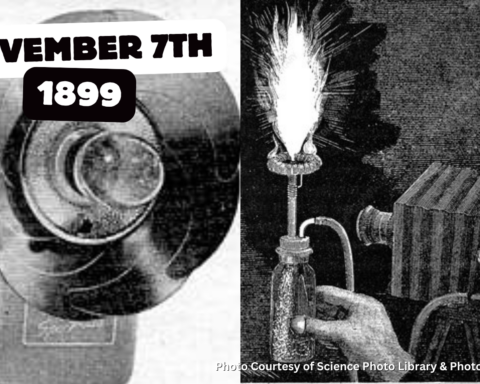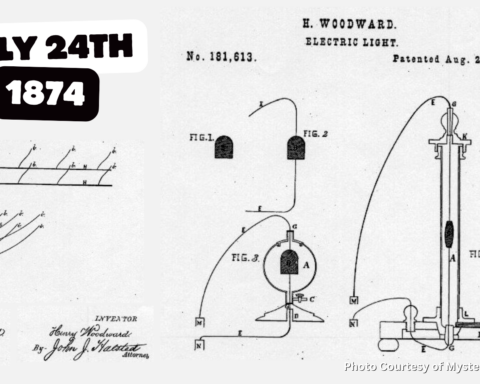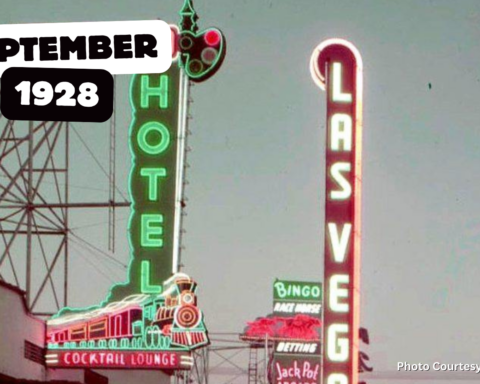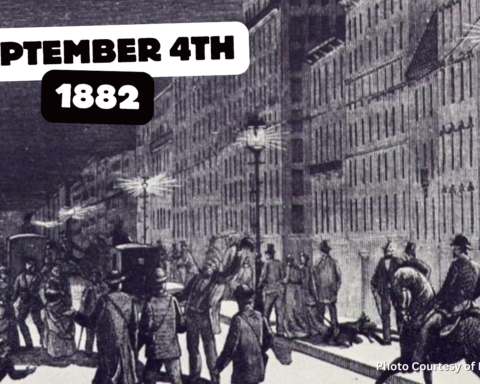Humans have had an enduring fascination with tanned skin for years. It is well documented and dates back to the earliest of civilizations. It is said that ancient Egyptians, Greeks, and Romans used to use various oils, plants and compounds to achieve a tanned appearance.
The desire for rich, bronze skin has been perceived as a symbol of beauty and health in many cultures throughout history, but the use of electric light to replicate the sun’s natural tanning process is a relatively modern invention… or is it?
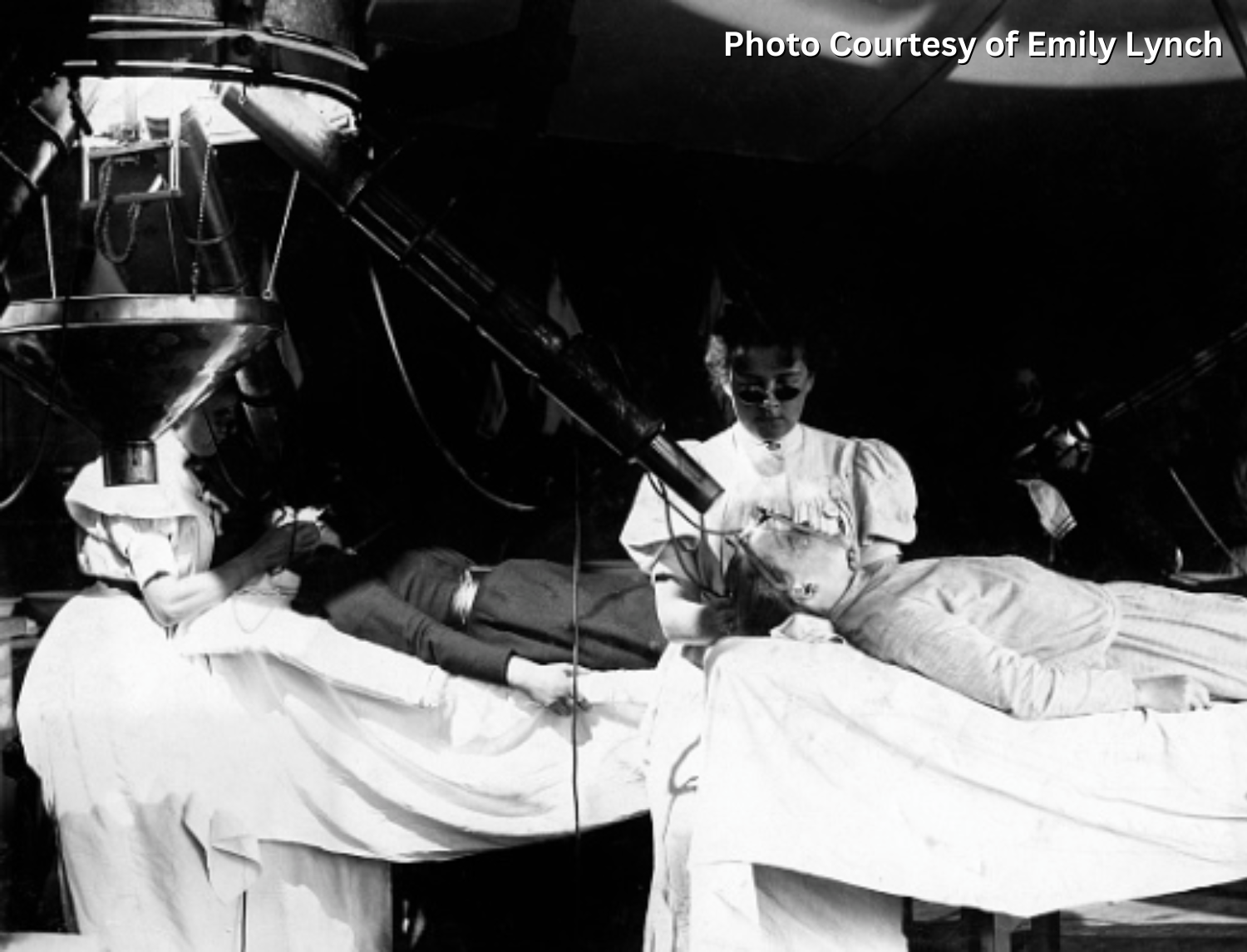
In the late 19th century Danish physician Niels Ryben Finsen was falling ill, and he became increasingly interested in the sun’s therapeutic benefits. His exhaustive research found that sunlight could help patients who were experiencing a variety of health problems, such as lupus vulgaris, a form of cutaneous tuberculosis. Since natural sunlight can be hard to come by in Scandinavia, he developed a special carbon arc lamp that would emit ultraviolet wavelengths and provide users a light therapy device.
Finson won a Nobel Prize for his device and discoveries and helped a great number of people find relief from their pain and ailments.
What Dr. Finsen couldn’t know is how his discoveries and his invention of ultraviolet lamps would pave the way for indoor tanning around the globe.
Like many great technological discoveries, though, it takes a cultural shift or event to jump start its adoption. That cultural shift for indoor tanning came from an unlikely source: fashion icon Coco Chanel.
In the 1920’s, Chanel spent a lot of time outdoors and promoted the concept that tanned skin was healthy and beautiful. As a result, fashion magazines started promoting tanned skin being chic. Indoor tanning, however, took a little bit longer.
As outdoor tanning became increasingly popular in the 20th century, the emerging lighting industry began to take notice. The problem was that Finsen’s groundbreaking work in the past also created the skin burns and rashes from exposure to the UV-B radiation.
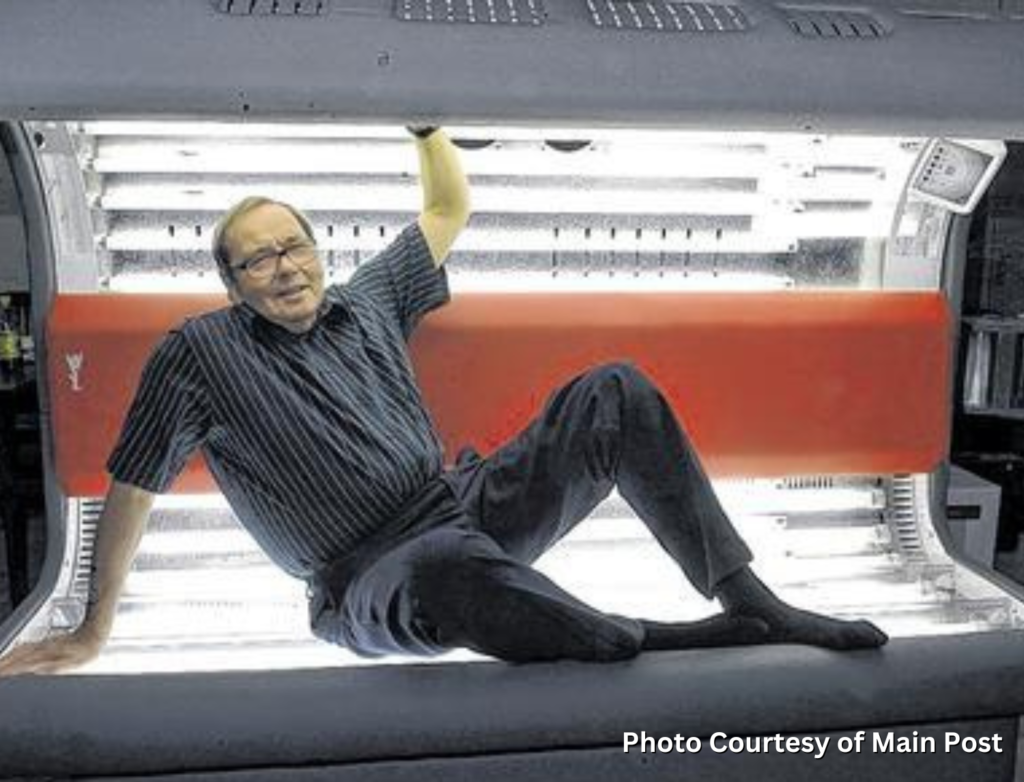
German scientist Friedrich Wolff made a major breakthrough in the early 1970’s when he created a fluorescent lamp that would provide 95% UV-A output and only 5% UV-B, thus dramatically reducing the risk of sunburns.
By 1975, Wolff began selling his UV-A lamps and tanning beds in Europe, and in 1978, he released them to the U.S. market. Just like that, the indoor tanning market had begun, and people all around the world were sporting tans. From San Diego to Sweden, tan skin was in.
By the mid-1980’s, indoor tanning salons, also known as solariums, boomed. By 1987, indoor tanning salons were the fastest growing business in America.
Ironically, as more studies began to come out about the adverse health effects of indoor tanning, legislators began to take notice. Several local, state, and national laws that regulated, or even banned, indoor tanning were adopted. The industry has since seen dramatic contraction.
Tanning and tanning beds have been replaced with spray tans, liquid tanning creams, and other products.
The ultraviolet light sources have now come full circle. Doctors around the globe are adopting Ultraviolet Light Therapy to treat various conditions such as Seasonal Affective Disorder and skin conditions such as Psoriasis.
While the popularity of tanning lamps has fluctuated over the years, the history of tanning lamps remains a testament to humanity’s enduring fascination with achieving the perfect tan. As we continue to prioritize skin health and safety, the evolution of tanning lamps is likely to focus more on providing a safe and controlled tanning experience for those who still enjoy basking in the glow of a faux summer tan.
Featured image courtesy of Lighttech Lightsources.
